Is It Okay To Burn OSB? Risks and Considerations Before Burning OSB
You can save a lot of money when using discarded firewood or boards in your fireplace to heat your home. So, is it okay to burn OSB?
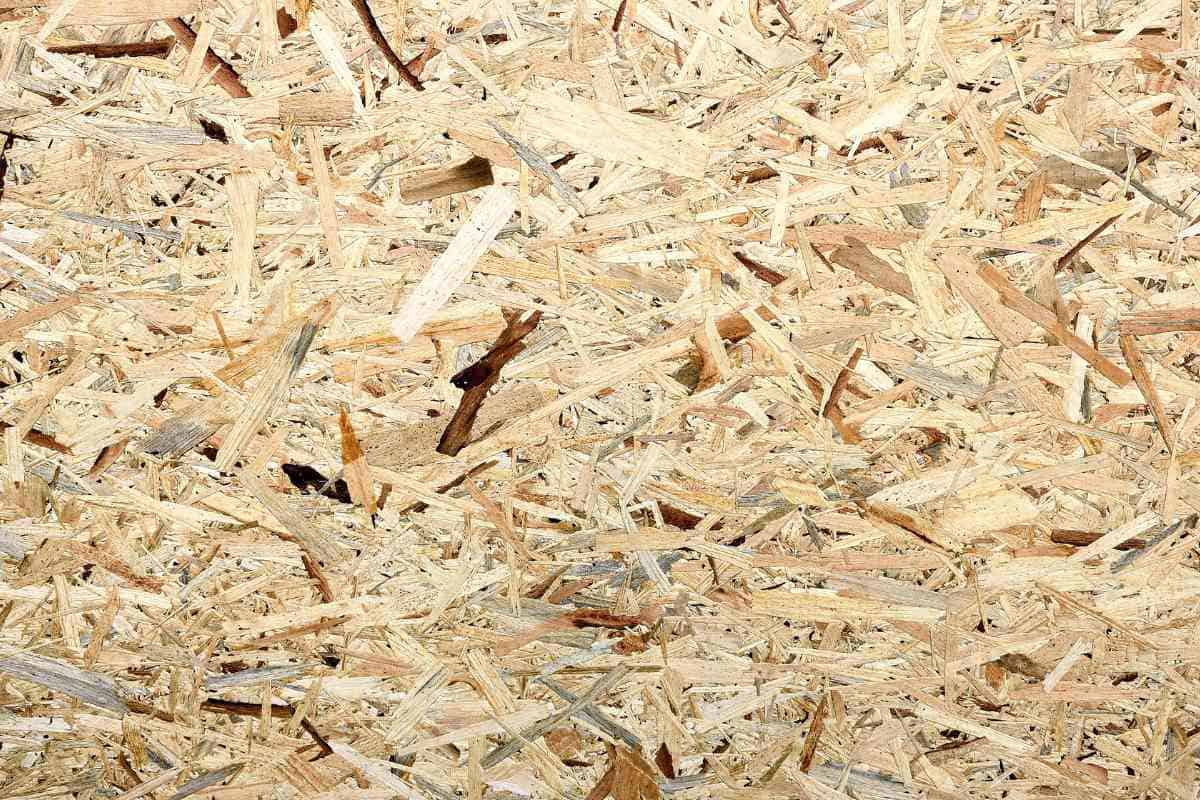
Can you burn OSB?
Typically, it is not ideal to burn OSB because it has characteristics that are unfavorable to human beings and the overall environment. As a result, whether you are burning the OSB indoors or outdoors, the harmful chemicals such as formaldehyde are still released into the air.
A well lightened fire creates a warm space to escape the chilly air. Fires give a very positive way of passing time. In addition to that, you can invite your loved ones as you bond and talk, and catch up with each other.
With fires, you can gain multiple benefits including keeping warm and bonding.
However, only some things that burn, though, ought to be thrown straight into the fireplace.
Some materials, such as wood and paper, as well as other seemingly harmless objects, have the potential to start house fires or release a toxic concoction of fumes in the house and the surrounding area. In short, before you burn something, think about safety and the impact that it would have on yourself and others.
According to the EPA, about ten million wood stoves are in use in the US, and 65% are outdated and ineffective conventional stoves.
During the year’s colder months, just 20 non-EPA-approved wood stoves can release over 1000 kilograms of fine particle pollution into the environment. You can find a combination of dangerous gasses and microscopic particles in the smoke from fireplaces and stoves that burn wood.
Breathing in these tiny particles can lead to heart and lung conditions, severe bronchitis and asthma attacks, and respiratory infections.
Is Burning OSB Toxic?
Typically, the core materials used in binding or acting as adhesives in the OSB construction process are formaldehyde and diphenylmethane. Therefore, when you burn an OSB, you expose these binders as toxic gasses in the environment.
When it is exposed to the atmosphere, formaldehyde typically degrades quickly to produce carbon monoxide and formic acid, both of which can be hazardous compounds.
Some substances cause irreparable damage to the animals. For example, when animals are exposed to formaldehyde, they become ill, lose the ability to reproduce, or can even experience acute death
Additionally, it also changes how they behave and appear. In aquatic life, formaldehyde kills fish, shellfish, and other organisms in our rivers, lakes, and oceans.
Exposure to formic acid in the atmosphere can cause eye irritations, cough, confusion, and headache. Carbon monoxide is also known to lead to global warming since it is a greenhouse gas and can cause dizziness, confusion, and even death if an OSB is burned in an enclosed house.
Why should you not burn OSB?
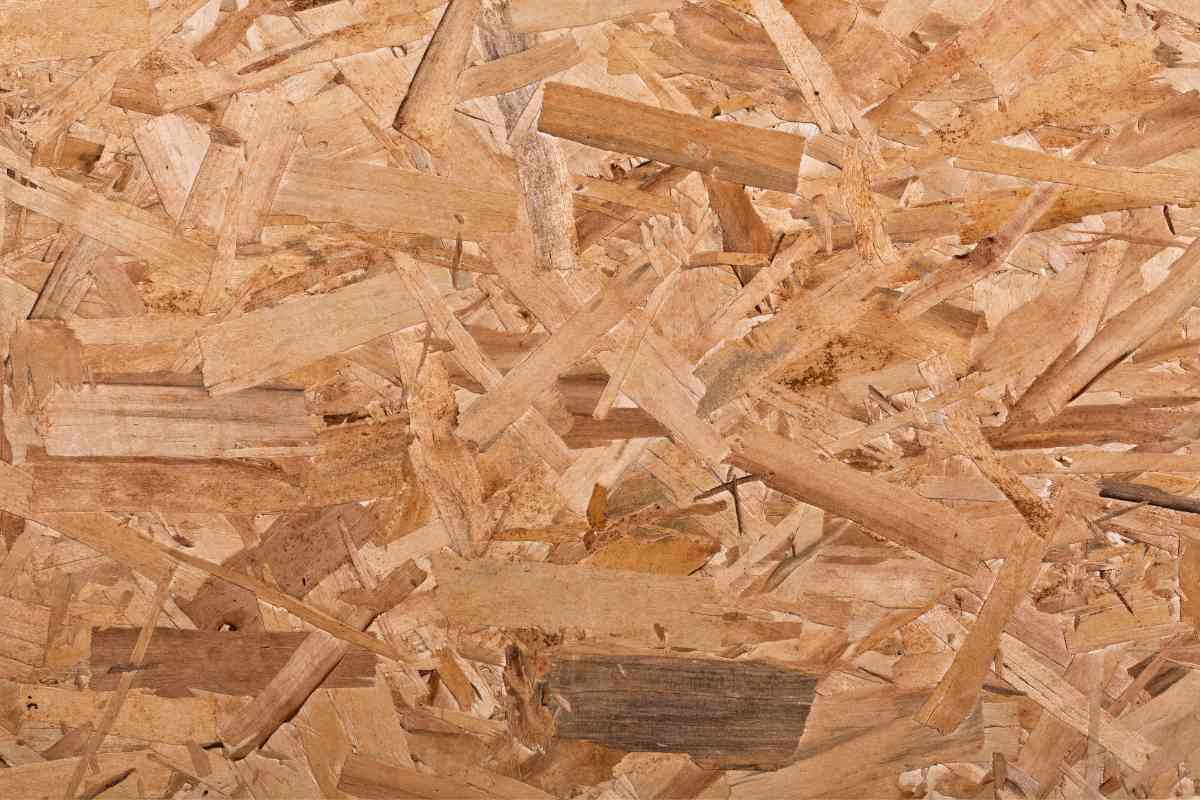
As we had discussed earlier, when OSB is burned, hazardous by-products are released, and as a result, whether you burn OSB indoors or outdoors, harmful and toxic chemicals are released into the air.
It may lead to exposure to polycyclic hydrocarbons (PAHs) and Volatile Organic Chemicals like benzene which are linked to carcinogenic conditions. Additionally, since OSB contains highly combustible ingredients, you should not burn them because they can cause fire accidents.
A fire accident can have a devastating impact on life, property, and even farms. This is more so when you are dealing with crowded places.
I decided to experiment to get more details on why we should not burn OSB, especially indoors. As I assessed, I had to put on safety measures to avoid inhaling any harmful gasses that the OSB may produce during the burning process.
After putting small quantities of OSB as my firewood in the fireplace, I noticed their soot was very dark. Additionally, there was an obnoxious smell all over the place. After analyzing the assessment, I found out that the construction elements used to create the OSB are the main cause of the findings
Therefore, it is not advisable to use OSB as firewood or burn it as a way of disposal.
What wood should not be used for firewood?
Typically, there is the misconception that all woods are similar in terms of how they burn widely. The fact is that your choice of woods significantly impacts how they effectively burn or produce smoke.
Again, some types of wood are going to bring in more harm than good, and others can have very harsh consequences. With this in mind, the following are the types of wood that you should not burn:
- Softwoods: hardwoods are thick and burn very well and for a long time, whereas softwoods are the exact opposite. Because they are less dense, they tend to burn more quickly and are excellent kindling materials but unsuitable for typical fires. Furthermore, they emit a lot of smoke, which fills your chimney with soot.
- Unseasoned or newly cut wood: freshly cut wood from trees is still dripping with moisture from the environment. The wood is now more challenging to burn as a result. Additionally, as the moisture interacts with the fire, you can notice steam emanating from the fireplace.
- A building or painted Wood: Using paint-covered or building-site waste woods for firewood is not recommended. These woods have compound coatings that, when burned, will release into the air and could be harmful if inhaled.
- Toxic plant materials: grass and other plants are frequently used as fuel for fireplaces, although you must avoid poisonous plants such as poison ivy. The smoke produced when burning an ivy plant is even more dangerous to you than the oils produced by the vines.
- Endangered tree species: some trees are on the verge of extinction and cannot be used as firewood. For instance, North America has banned the use of the American chestnut, Kentucky coffee tree, and blue ash tree since they are among the 20 native tree species in danger of extinction.
What is the most Efficient Wood to Burn?
It is important that you evaluate the best wood for a fire. Hardwood trees are the most efficient wood to burn in the fireplace. It is because they will offer you a hotter and longer burning period. Additionally, these woods are often easier to work with and have the least pitch and sap compared to the softwoods. I have been using the oak tree wood as firewood wood to heat the house during cold seasons, and they were efficient since I didn’t have to put a lot of wood.
I kept the house warm overnight with two big blocks of dry oak. However, when it comes to the use of hardwoods, be mindful of the tree’s phloem or the thick inner brown bark when you burn the firewood. It is because the bark’s high moisture absorption may result in uneven drying of the wood.
Key Takeaways
- OSB produces toxic compounds that can be carcinogenic
- Woods that are not dried properly will produce a lot of smoke
- Hardwoods are the most efficient woods to burn
- OSB has been constructed with materials that are not suitable for burning
- OSB produces harmful by-products such as benzene and volatile organic compounds

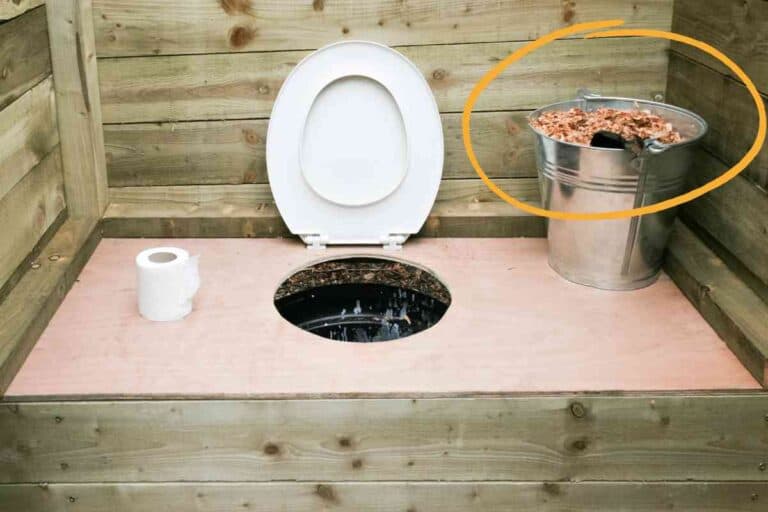

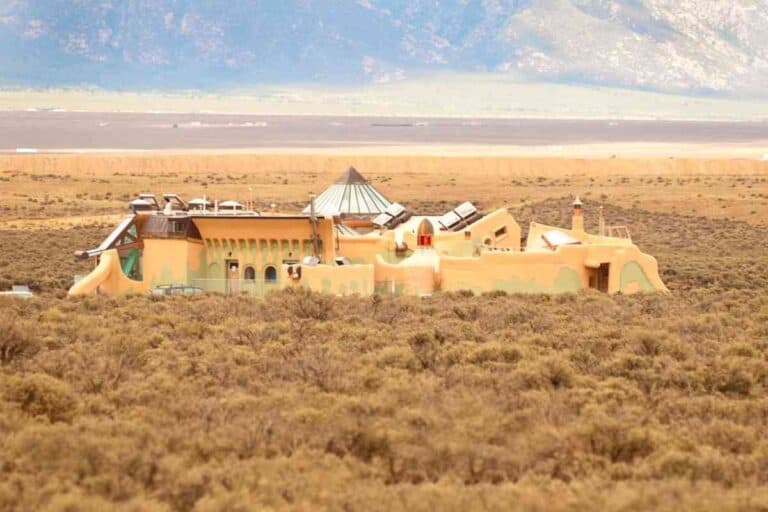
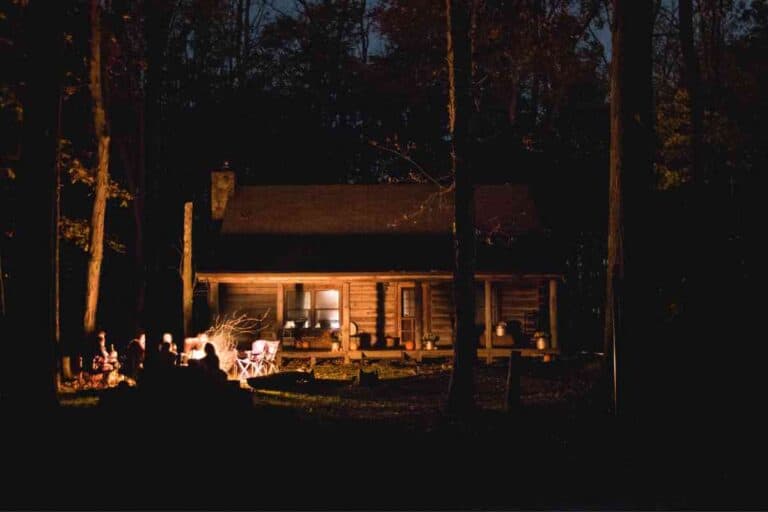

![Can You Live In A Yurt Year-Round? [4 Things To Consider!]](https://freedomresidence.com/wp-content/uploads/2022/05/Can-You-Live-in-a-Yurt-Year-Round-1-768x512.jpg)